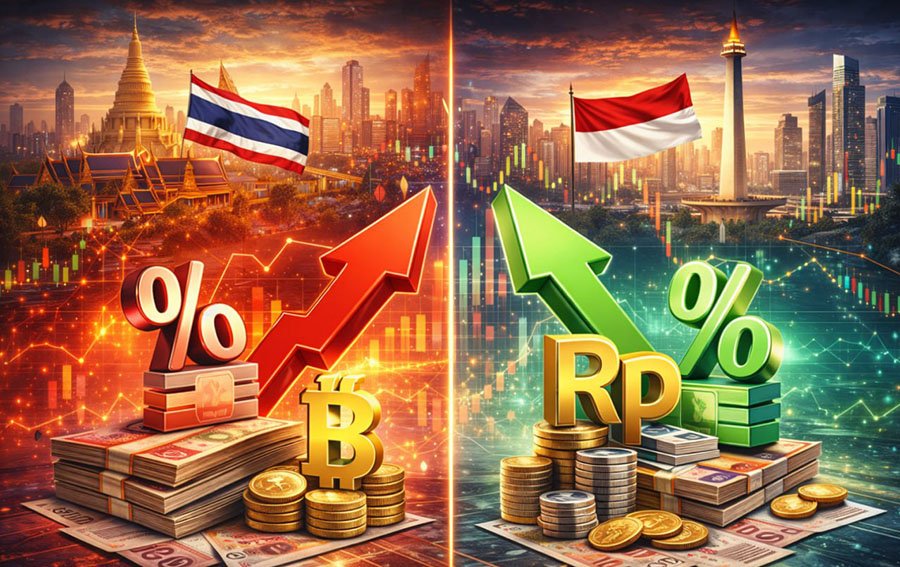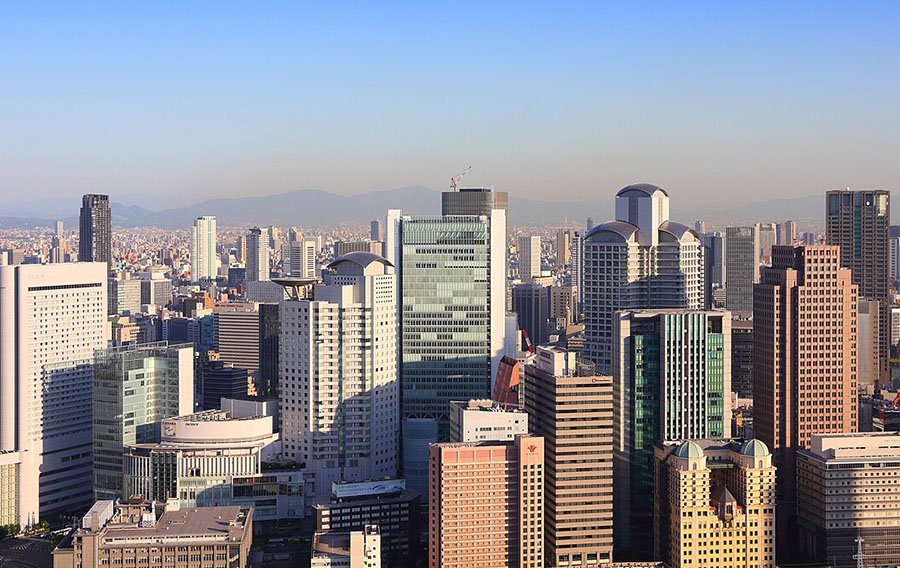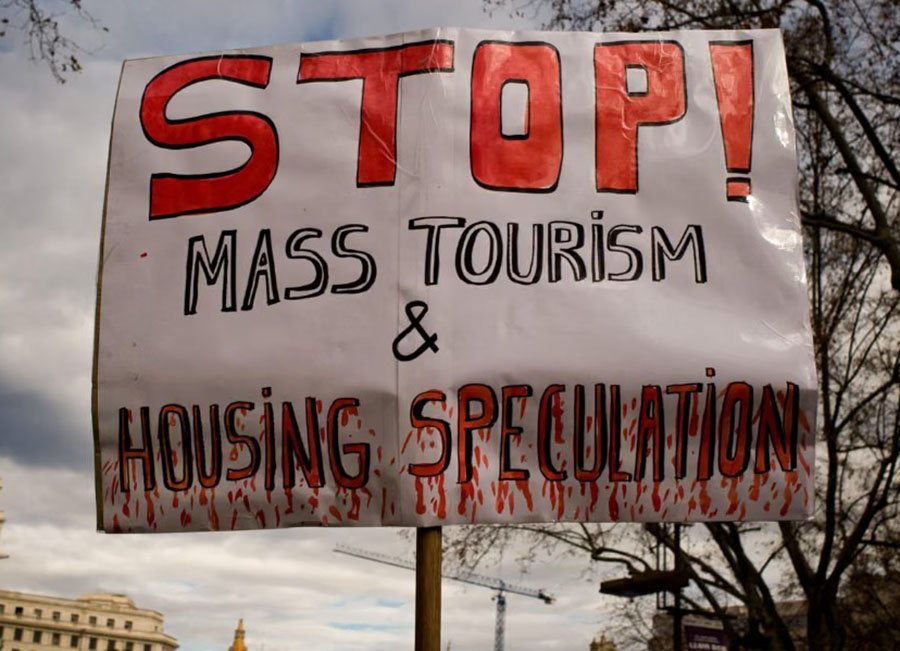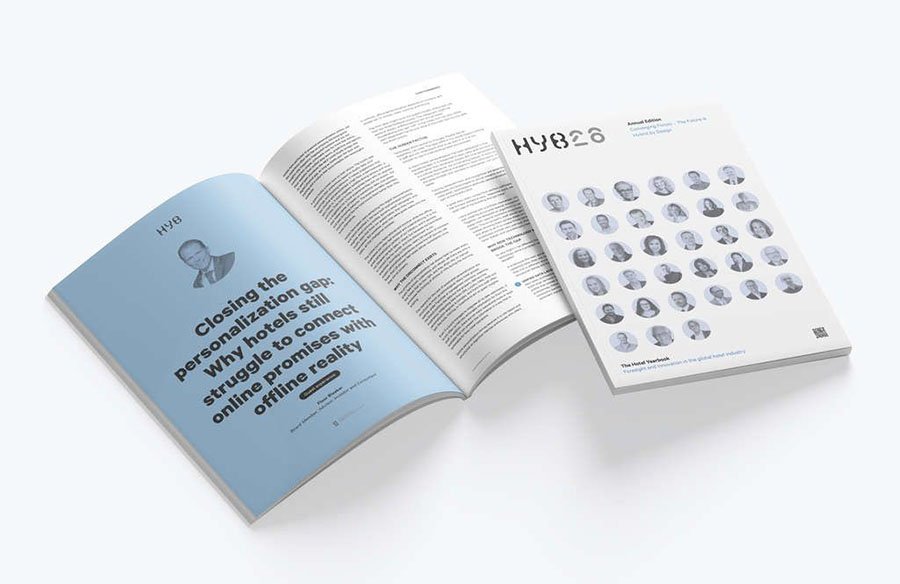Ho Chi Minh City Takes Off: How Vietnam’s Megacity Boosted Tourism by 22% — and Why Japanese and Indian Travelers Are Leading the Way

Ho Chi Minh City entered 2025 with a result that’s hard to ignore: in just ten months, the city’s tourism revenue reached VND 208.066 trillion, up 22% year-on-year. This isn’t a one-off surge — it marks sustainable recovery and confident growth. The metropolis is cementing its place as one of Southeast Asia’s most attractive destinations, blending deep cultural heritage, modern infrastructure, and a vibrant urban rhythm.
What’s Behind the Record: Key Figures and Growth Drivers
VND 208.066 trillion in tourism revenue, January–October 2025 (+22% YoY).
Japan and India are the top international markets, with arrivals up +18.3% and +38.3% respectively.
Airlines expand direct routes: Vietnam Airlines, Japan Airlines, Air India, and others add new frequencies.
Global hospitality brands ramp up investments: Marriott, Hilton, Accor, and InterContinental are expanding portfolios.
The city is on track to reach 8.5 million foreign visitors and over VND 290 trillion in total revenue by the end of 2025.
Why Japan and India Are the Stars of the Season
Japan consistently drives high demand for quality, safe, and culturally rich city experiences. Improved flight connectivity and growing interest in Vietnam’s cities sustain double-digit growth.
India adds scale: rising disposable incomes, expanding flight networks, and better connections are creating a wave of new travelers — both business and leisure. Direct flights now take about 6.5–7 hours, turning Ho Chi Minh City into a near-distance international weekend getaway.
Air Access: Easier Than Ever to Reach
Vietnam Airlines has increased frequencies on major routes (Tokyo, Seoul, New Delhi among priorities), improving schedules and connections. Japan Airlines, Korean Air, and Singapore Airlines are expanding in the region with convenient daytime and evening departures. For travelers, this means more direct flights, lower average fares during promo windows, and fewer layovers.
Hospitality: Where to Stay and What’s New
As demand surges, the hotel sector is diversifying:
Premium and upper-upscale: JW Marriott, Renaissance, Hilton, and InterContinental enhance business and event capacity (conference halls, club lounges, wellness facilities).
Mid-range: Scandinavian-style minimalism and boutique local brands offer smart price-to-value options in central districts.
Budget and lifestyle hostels: redesigned spaces with coworking zones and coffee points — ideal for digital nomads and students.
What to See: From Classics to New Hotspots
History and heritage: Reunification Palace, War Remnants Museum, Notre-Dame Cathedral, Central Post Office.
City life: Ben Thanh Market, street-food alleys in District 1 & 3, Saigon River sunsets, rooftop bars with skyline views.
Cuisine as culture: phở, bánh mì, gỏi cuốn — from street food to tasting menus; cooking classes are increasingly popular.
Modern vibe: music and light festivals, local art galleries, and pop-up designer fairs.
Travel Essentials: When to Go, How to Save, What to Expect
Best time: December–April (dry, cooler season). Expect brief rain showers in the May–November wet season.
Entry and visas: Some countries enjoy short visa-free stays; others require an e-visa — check requirements in advance.
Currency: Vietnamese dong (VND). Cards are widely accepted, but carry some cash for markets and cafés.
Transport: Grab and official taxis are most convenient. Ensure meters are running; for short rides, use app-based fixed fares.
Connectivity: Local or eSIM data plans pay off for navigation, translation, and ride-hailing.
Safety: The city is tourist-friendly; just use standard precautions in crowds and markets (bag in front, phone zipped away).
Budget Planning: Three Smart Tips
Book shoulder-season travel (outside holidays and big events) — save 15–25% on flights and hotels.
Compare bundles (breakfast + transfer + late checkout) vs. base rates with add-ons — packages often win.
Stay one metro/bus stop away from major sights — saves up to 30% with minimal extra travel time.
Looking Ahead: Growth Focused on Quality
With better air access, rising hotel investment, and a flexible urban agenda — from cultural festivals to green and digital tourism — Ho Chi Minh City is entering a long growth cycle:
More diversified demand (business, MICE, leisure, gastronomy, events),
Higher average spending alongside broader affordability,
Smoother seasonality thanks to new attractions and extended travel periods.
Conclusion
Ho Chi Minh City in 2025 is a case study in sustainable growth: +22% tourism revenue in ten months, a strong boost from Japan and India, expanded air networks, and upgraded hospitality. The city is steadily hitting its visitor and revenue goals while staying dynamic, welcoming, and distinctly Southeast Asian.
For anyone planning a major trip across the region, it’s the right time to put Ho Chi Minh City at the top of the list — where tradition meets innovation and every day brings a new discovery.











